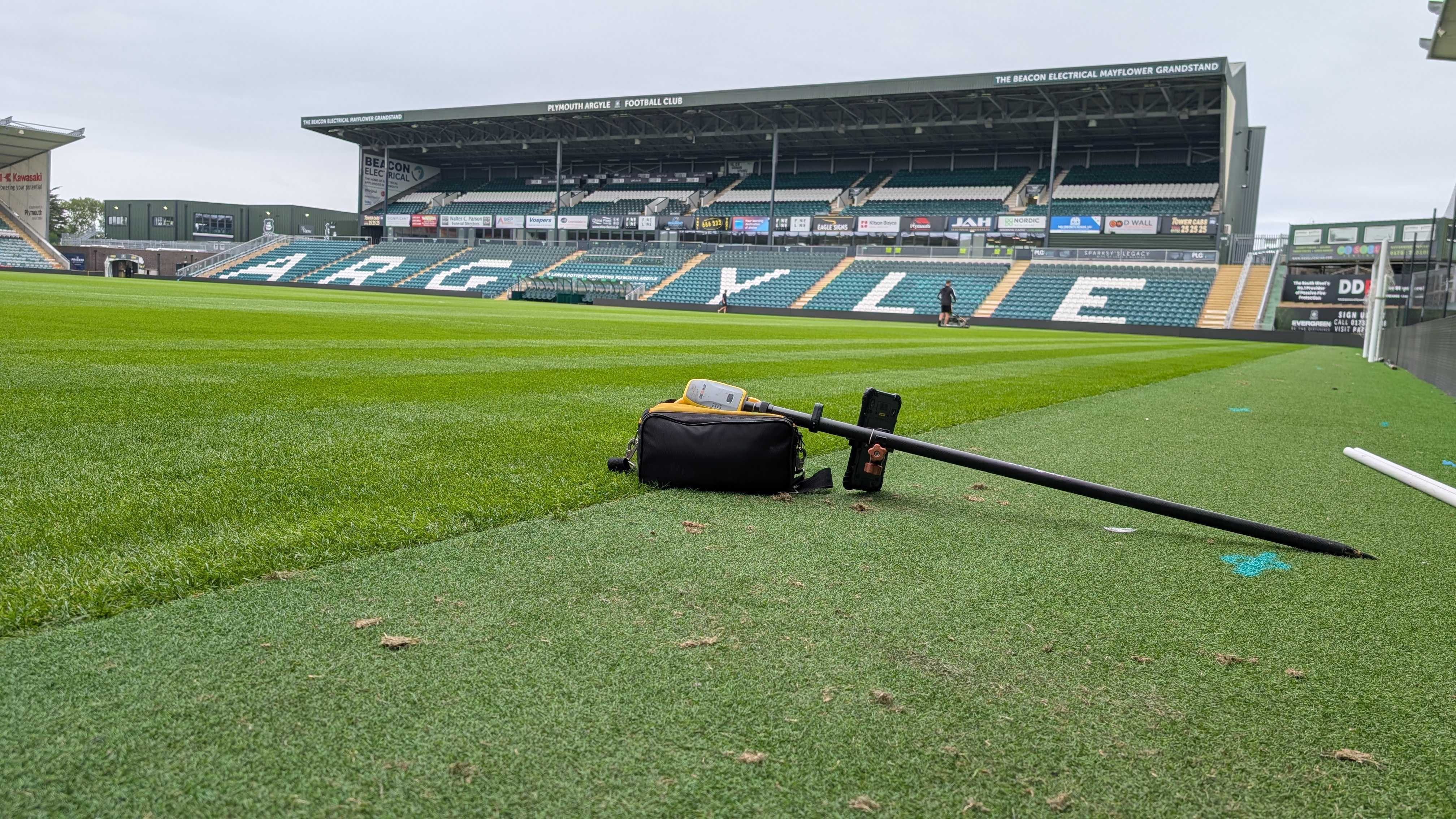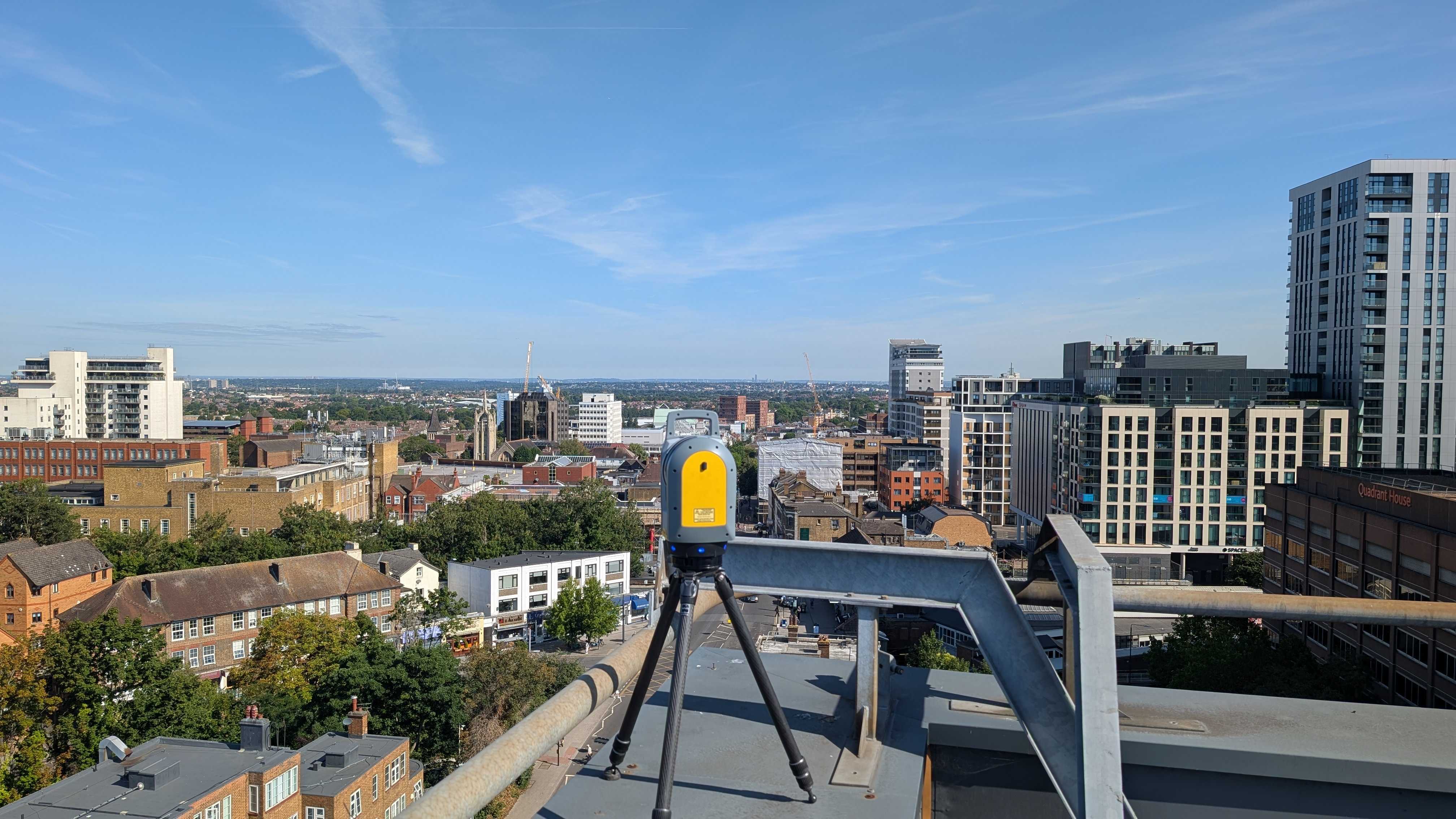In each construction project, the unseen can pose formidable challenges.
Unidentified buried services, incomplete survey data, and the looming range of safety hazards create concerns that demand innovative solutions.
In this blog, we delve into the transformative synergy between desktop utility record searches and Ground Penetrating Radar (GPR) technology.
Navigating the complexities of subsurface conditions is not just a technical challenge; it's a daily reality. Accidental utility damage can lead to costly delays and compromise the safety of workers and the public. Incomplete survey data leaves professionals grappling with crucial unknowns during decision-making processes.
Discover how accurate buried service identification, enhanced survey precision, and comprehensive data integration through desktop utility searches can redefine the landscape of subsurface surveys.
Pain Points In Subsurface Surveying
Understanding the pain points related to surveying is crucial for surveyors, construction professionals, project managers, property developers, and site owners seeking seamless project execution.
One of the foremost concerns haunting subsurface surveying is the risk associated with unidentified buried services. Without prior knowledge of the location and presence of utilities beneath the surface, the potential for accidental damage during excavation looms large.
Furthermore, the inadequacy of on-site survey data creates a substantial hurdle for professionals. Incomplete information leaves critical details undiscovered, complicating decision-making processes during construction or renovation projects.
Finally, accidental damage to utilities represents more than just an inconvenience; it poses significant safety hazards. Beyond the immediate risks to on-site personnel, compromised utilities can endanger public safety, opening the door to potential legal and financial repercussions.
Desktop Utility Searches And GPR Synergy
Desktop utility record searches, one of the surveys specified within PAS128:2014, play a pivotal role in providing vital information about buried services. This type of search is used to identify known utility assets owners within the site boundary.
This information would then be collated and given to the construction project client, who can then use GPR to locate such utilities.
The benefits of Desktop Utility Searches are:
- A clearer understanding of underground utilities
- A record of underground information
- A co-ordinated AutoCAD drawing
By offering insights into the presence and precise location of utilities beneath the surface, this solution significantly reduces the risk of accidental damage during excavation.
Real-time access to this information becomes a proactive measure, averting costly delays and ensuring the safety of both workers and the public.
The collaboration between on-site GPR surveys and statutory record information yields a comprehensive and precise understanding of subsurface conditions. Professionals armed with this data can make informed decisions during construction or renovation projects. The increased precision minimises uncertainties, streamlining project execution and contributing to successful outcomes.
By incorporating desktop utility record information into projects, the potential for accidents decreases, creating a safer working environment. This reduction in risks extends beyond immediate safety concerns, shielding projects from legal and financial repercussions associated with utility damage.
Conclusion
In the realm of subsurface surveying, where precision and safety converge, the fusion of Desktop Utility Searches and Ground Penetrating Radar (GPR) technology emerges as a transformative force.
For surveyors, construction professionals, project managers, property developers, and site owners, this addresses the critical pain points of unidentified buried services, incomplete survey data, and safety hazards.
By providing accurate buried service identification, enhancing survey precision, reducing risks, and facilitating comprehensive data integration, this collaborative approach reshapes the landscape of subsurface surveys in the UK.
Empower your projects with knowledge, mitigate risks, and elevate the success of construction and development endeavours. Embrace the future of subsurface surveying, where the unseen is no longer a barrier but an opportunity for informed and efficient decision-making.
If you are looking for support with this, make sure to get in touch with a member of the Intersect Surveys team for expert advice.
FAQs
- Why is it essential to conduct Desktop Utility Record Searches before GPR surveys?
Desktop Utility Record Searches provide vital information on buried services, reducing the risk of accidental damage during GPR surveys. This proactive approach enhances project safety, mitigates delays, and ensures a comprehensive understanding of subsurface conditions.
- How do Desktop Utility Searches complement on-site GPR surveys?
Desktop Utility Searches complement GPR surveys by offering statutory record information that on-site surveys may not capture. This synergy enhances survey precision, minimising uncertainties, and providing a more thorough understanding of subsurface conditions.
- Can Desktop Utility Searches really reduce legal and financial risks associated with utility damage?
Yes, by minimising the likelihood of accidental utility damage, projects become safer for workers and the public. This proactive risk reduction not only ensures safety but also shields projects from potential legal and financial repercussions associated with utility damage.
- What role does accurate buried service identification play in project timelines?
Accurate buried service identification significantly reduces the risk of accidental damage during excavation, averting costly delays. Real-time knowledge of buried services allows for efficient project planning and execution, contributing to timely project completion.
- How do Desktop Utility Records fill gaps left by on-site surveys, and why is this important?
Desktop Utility Records provide information that on-site surveys may not access, ensuring comprehensive data integration. This holistic approach minimizes uncertainties, facilitates informed decision-making, and contributes to the overall success of construction and development projects.








